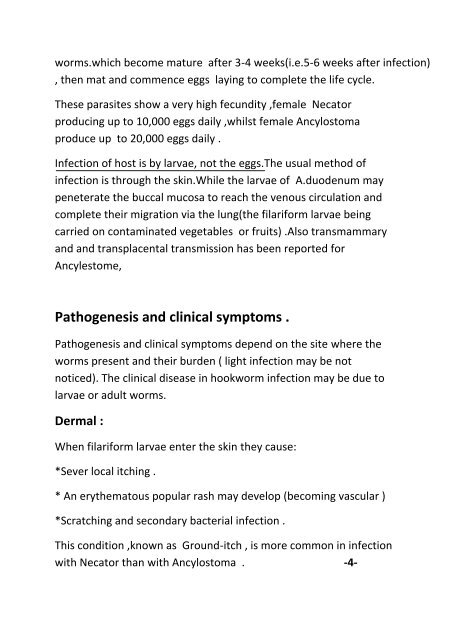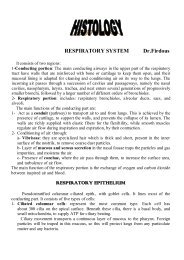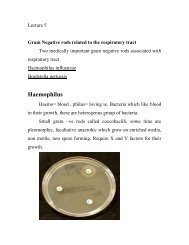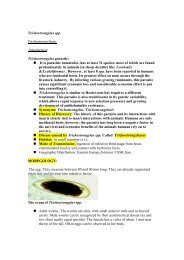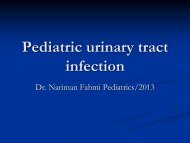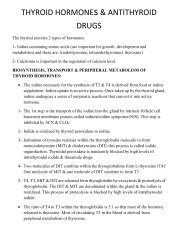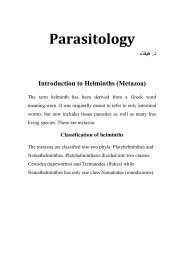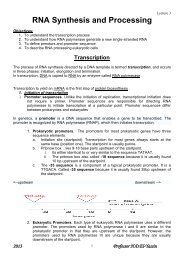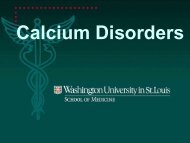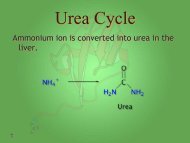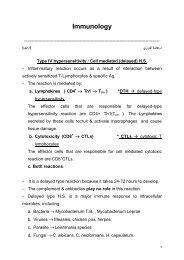HOOKWORMS
HOOKWORMS
HOOKWORMS
You also want an ePaper? Increase the reach of your titles
YUMPU automatically turns print PDFs into web optimized ePapers that Google loves.
worms.which become mature after 3-4 weeks(i.e.5-6 weeks after infection), then mat and commence eggs laying to complete the life cycle.These parasites show a very high fecundity ,female Necatorproducing up to 10,000 eggs daily ,whilst female Ancylostomaproduce up to 20,000 eggs daily .Infection of host is by larvae, not the eggs.The usual method ofinfection is through the skin.While the larvae of A.duodenum maypeneterate the buccal mucosa to reach the venous circulation andcomplete their migration via the lung(the filariform larvae beingcarried on contaminated vegetables or fruits) .Also transmammaryand and transplacental transmission has been reported forAncylestome,Pathogenesis and clinical symptoms .Pathogenesis and clinical symptoms depend on the site where theworms present and their burden ( light infection may be notnoticed). The clinical disease in hookworm infection may be due tolarvae or adult worms.Dermal :When filariform larvae enter the skin they cause:*Sever local itching .* An erythematous popular rash may develop (becoming vascular )*Scratching and secondary bacterial infection .This condition ,known as Ground-itch , is more common in infectionwith Necator than with Ancylostoma . -4-


